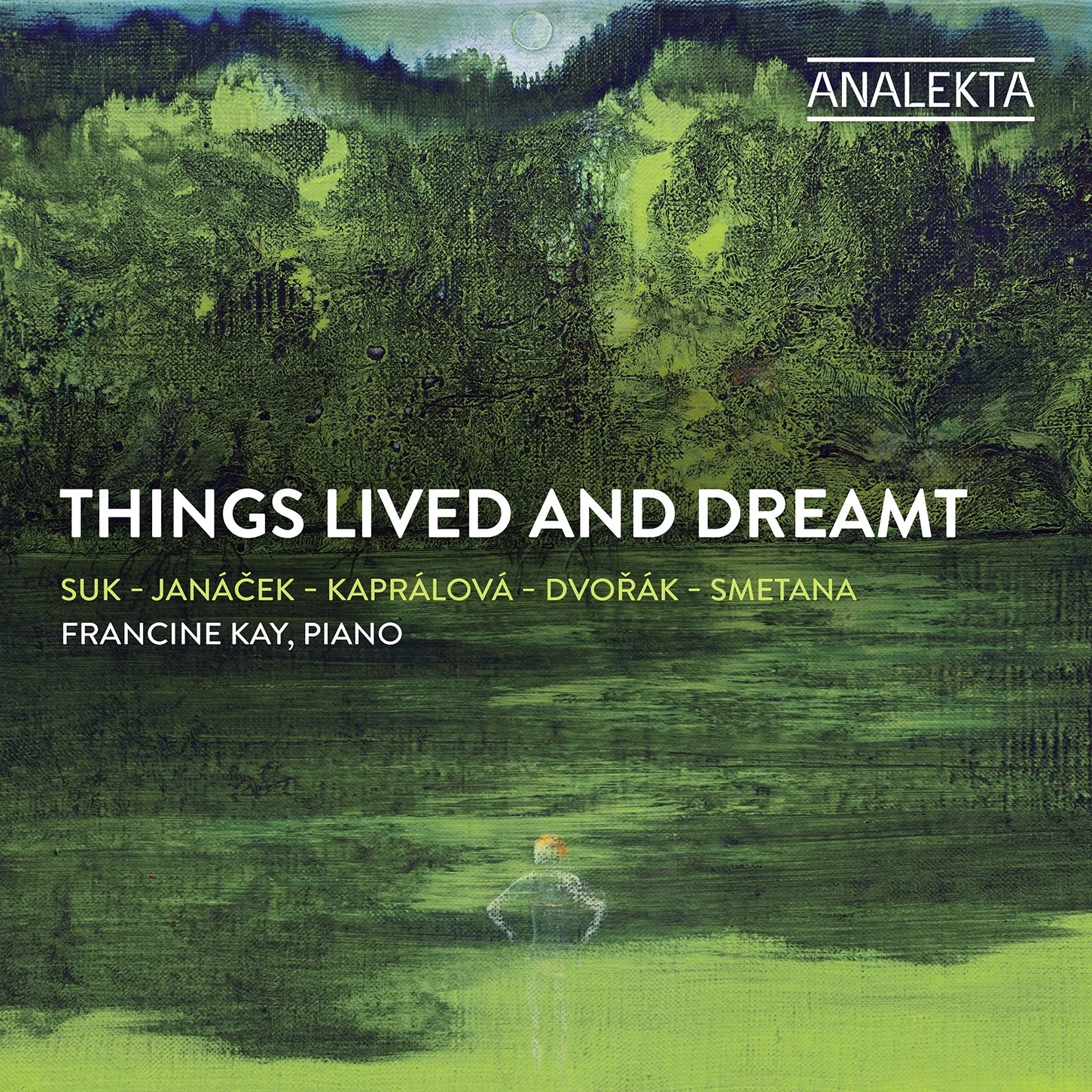In February 2021, the pianist Zixiang Wang releases his debut recording, “First Piano Sonatas: Scriabin and Rachmaninoff” on Blue Griffin Recordings. In this Insider Interview we spoke to Mr. Wang about this project, as well as the inspiration behind the recording.
What are your earliest musical memories? Are your parents involved in music?
Neither of my parents has any musical background, but they love music. My mother has worked at a kindergarten for some years and she could play a little keyboard by ear. My earliest musical memory was that she played the keyboard and it made me happy.
If you weren’t a professional musician, what would your dream job be? Did you ever consider another career path apart from music?
I dreamed of many different careers while growing up. When I was little, I loved painting (I still paint today) and I wanted to be a painter. I am also fond of writing. I tried several times to write a novel though I never made it to the end of the first chapter. When I was graduating from college, I was offered an internship at a music publishing company and I was seriously considering pursuing that as my career, but I chose to continue my piano training abroad in the end. Now, I can’t imagine a life without music.
You’ve said that part of your mission as a pianist is to find relatively obscure works from great Romantic composers. What discoveries have you found that you’d like readers to know about? Why are these worthy of our attention?
Of course, there are some specific things, for example how Scriabin was influenced by Chopin, how Rachmaninoff was influenced by Liszt and Goethe’s Faust. However, the biggest discovery I want to point out is how much one can benefit from learning these less-played musical works. There are reasons why they are played less – it could be technical difficulties, musical difficulties, or some formal issues. By resolving these problems, I step deeper into the composer’s musical world and develop a deeper understanding of the composer’s other works.
Your new album highlights early works of two great Russian Romantics, Rachmaninoff and Scriabin. How did you come up with this theme? How did you decide on the exact repertoire for the album?
Actually it was my teacher Professor Arthur Greene who came up with this excellent idea to put these two first sonatas in my album. He introduced me to Rachmaninoff’s sonata first, then I got the idea to make an album with this piece. When I asked his advice on the repertoire for this CD, he said: “you should learn Scriabin’s first sonata!” That was the moment when the theme was determined. However, the short prelude by Rachmaninoff was my idea and my teacher was very pleased with my discovery.
Since this is your first album, I’m curious what it felt like to step into that first recording session. How did it feel?
I was excited. Stepping into the first recording session is like stepping into one’s professional career – to be a recording artist.
How did you prepare for this record?
Practice, record myself and listen, and practice. My strategy is to focus exclusively on one composer at one time, so I recorded Scriabin first and Rachmaninoff a month later.
What do the two sonatas on your album tell us about the later works from these great composers?
In Rachmaninoff’s sonata, one can hear many characteristics that remain in his later piano works, such as the use of medieval chants, mingling threads of melodies, and of course, big chords, tons of notes, and so on. If you put an early work and a late work of his side by side, you can easily conclude they are written by the same composer. Opposite to Rachmaninoff, Scriabin’s keyboard writing style evolved notably, from late romanticism to mysticism. However, in this early work we can hear some musical qualities that never left Scriabin – sensibility, colorfulness and philosophical musings attached to the composition.
Tell us about your lecture series “Trace of Music.” What inspired you to start it?
During the lockdown, I was watching a Chinese TV series, in which a great Chinese artist – Danqing Chen – tells fascinating stories behind paintings in the Western and Eastern histories. It was eye-opening. I thought: why don't I do something similar in the field of music? My aim was to introduce some great piano works of Western music to Chinese audiences by the means of sharing with them the life of the composer, the inspiration and emotions of the composition, and some basic compositional concepts, etc.
You are currently editing your research on the major piano works written by leading Romantic composers. What works are you researching? How has recording your album, which features two of those major works, informed your research (and vice versa)? What are you looking for while doing this research? Why are you doing this research? And will this be published or made publicly available in some way when you’ve finalized the research?
My research has focused on the works that I have performed and found close to me. Whenever I learn a piece I research the historical background of the work. For example, I had given my lecture recital on Scriabin’s sonata shortly before I recorded it. Through a comprehensive study of the piece, my interpretation of the music grew day by day. When I stepped into the recording studio, every piece of information made sense in sound.
I am looking into publishing my research document when it is finalized. I am still working out some specifics but I hope to make these works more widely known and accessible.





